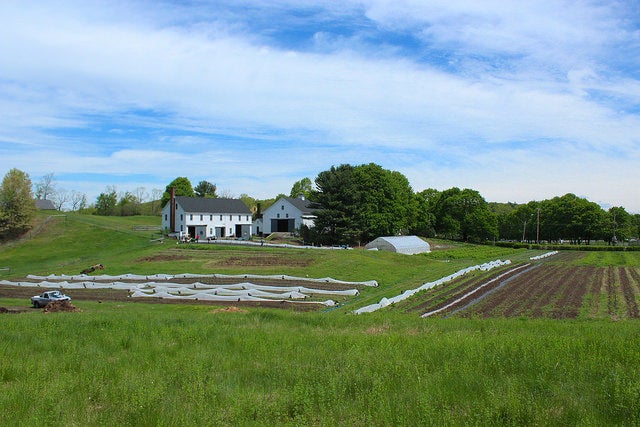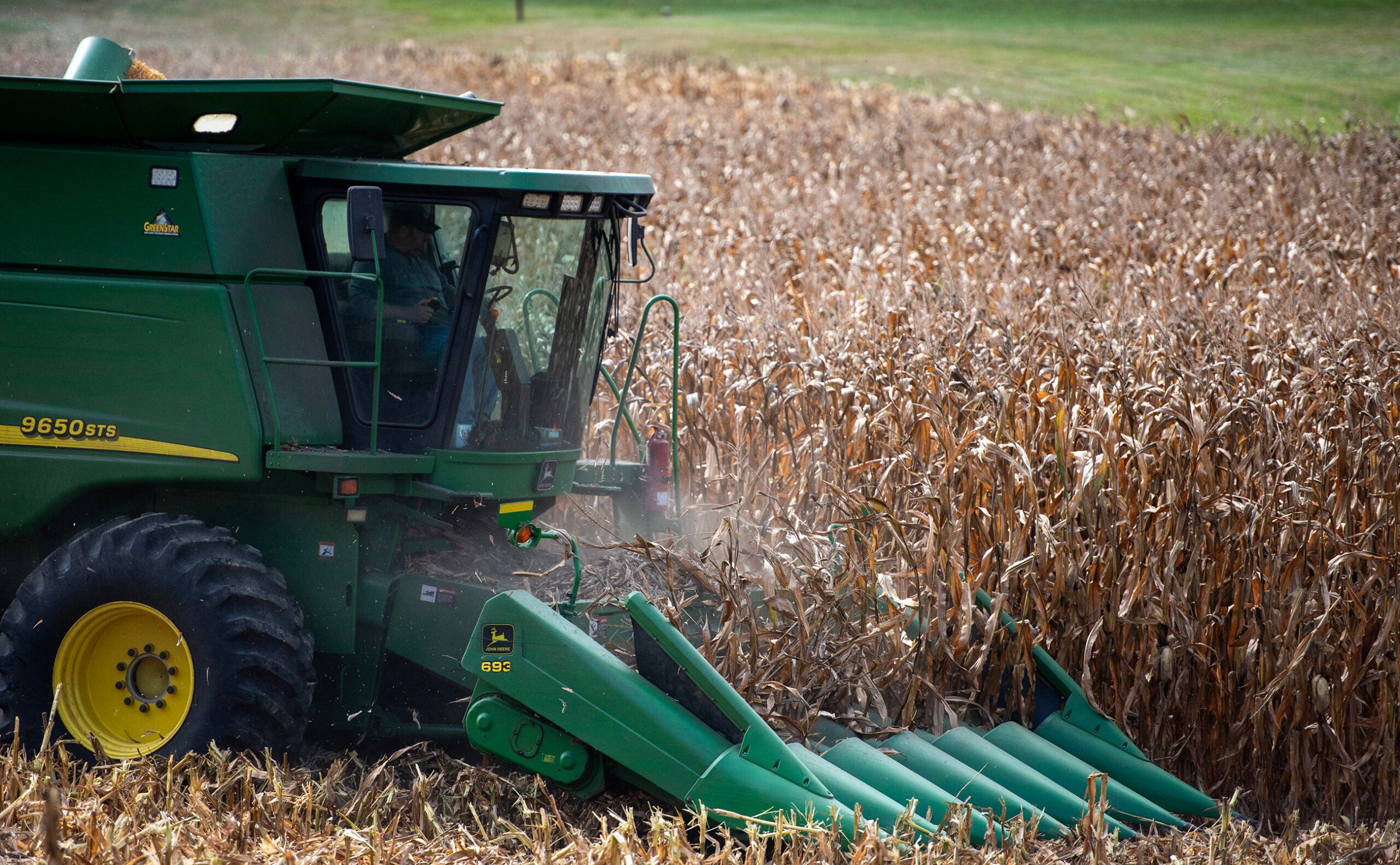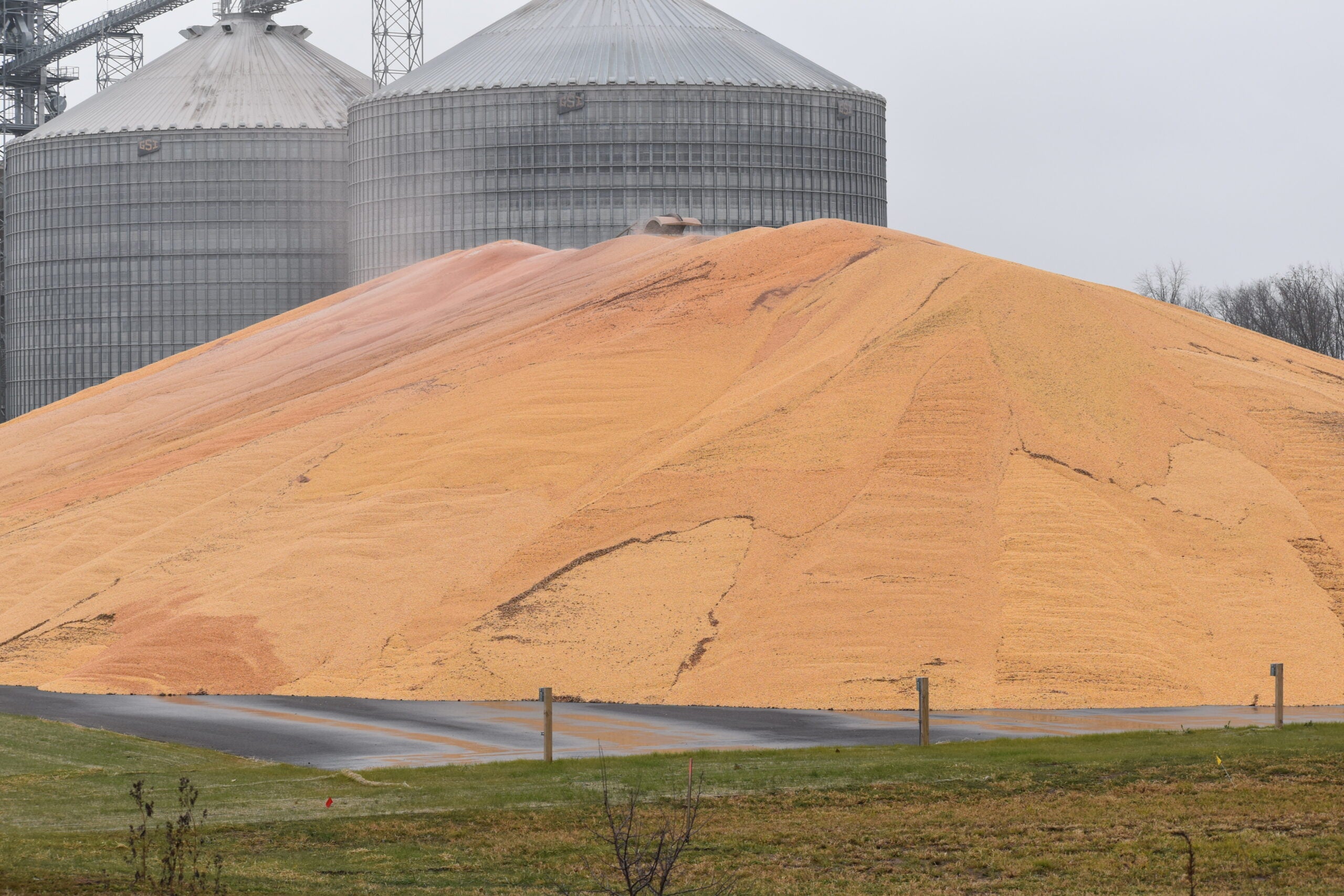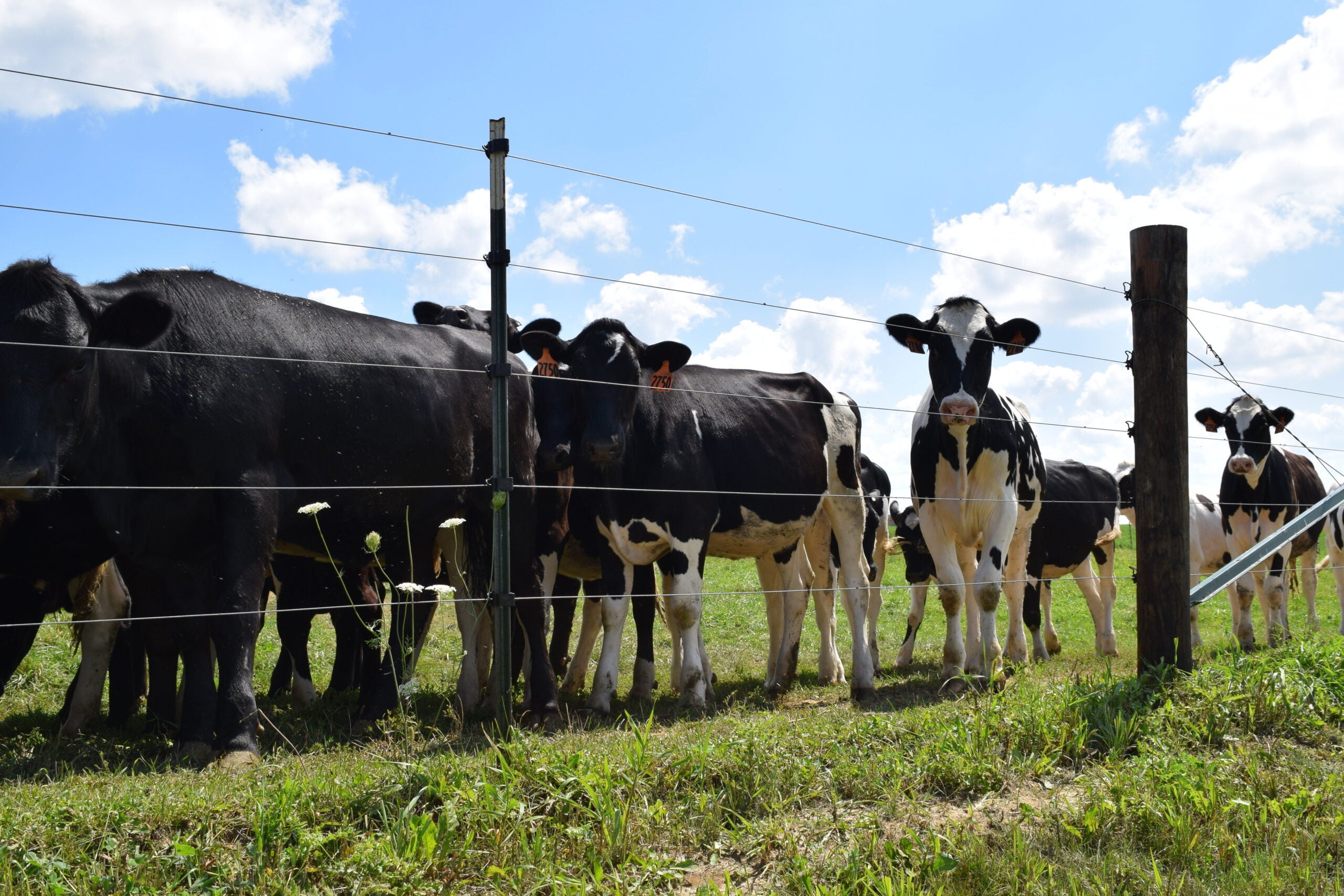Wisconsin remains No. 2 in the nation for the number of organic farms, despite increasing competition from other states.
A new report from the U.S. Department of Agriculture shows the number of organic farms in Wisconsin increased by 6 percent between 2015 and 2016, with 1,276 operations reported last year.
“I think 6 percent growth is fairly good,” said John Mesko, executive director of the Midwest Organic and Sustainable Education Services. “I don’t know of another segment of the ag community that’s growing at that rate.”
News with a little more humanity
WPR’s “Wisconsin Today” newsletter keeps you connected to the state you love without feeling overwhelmed. No paywall. No agenda. No corporate filter.
But just last year New York state saw a 13 percent jump in organic farms — bringing their total up to 1,059 operations. It was the first time a state other than Wisconsin and top-ranked California reported having more than 1,000 organic farms.
“New York is coming on in large part because of the market and the capacity they have there to meet it,” Mesko said.
With access to large population centers on the East Coast and a dairy-friendly climate similar to Wisconsin, Mesko said it makes sense to see an increase in organic production in the state.
While New York’s growth may be bad for Wisconsin’s ranking, Erin Silva, organic production specialist at the University of Wisconsin-Madison, said it’s good for the state’s farmers.
“The more organic farms that we have across the U.S. and the more organic expertise that is compiled and the more that we can tap into various markets, the stronger the entire organic community is,” Silva said.
Silva said there is still plenty of room in the organic industry for more farms, as consumer demand for organic products continues to grow.
“There is more room for growth in certain farming sectors than others. For instance in dairy, the supply in demand is a bit more matched at this point, with supply even exceeding demand in some cases,” Silva said. “In other sectors, such as organic grain, we are seeing a lagging of supply particularly in domestic markets.”
Mesko said he expects to see more farms in Wisconsin, especially commercial operations, looking to transition to meet the growing demand for organic grain.
Wisconsin Public Radio, © Copyright 2025, Board of Regents of the University of Wisconsin System and Wisconsin Educational Communications Board.






